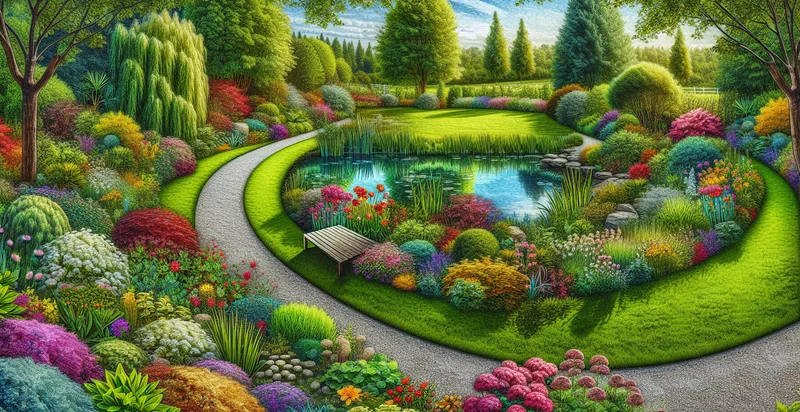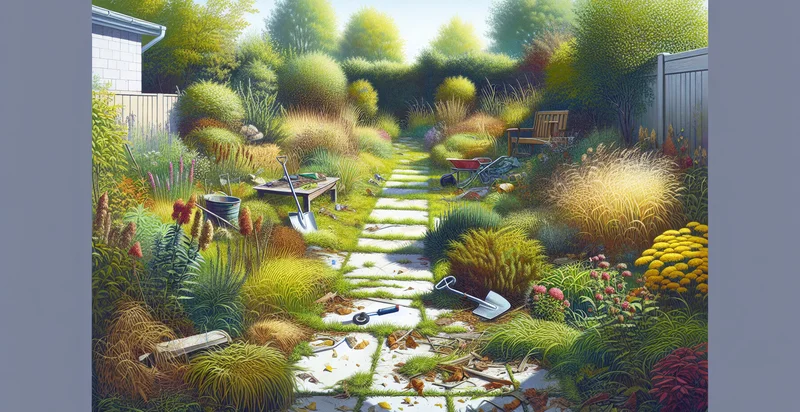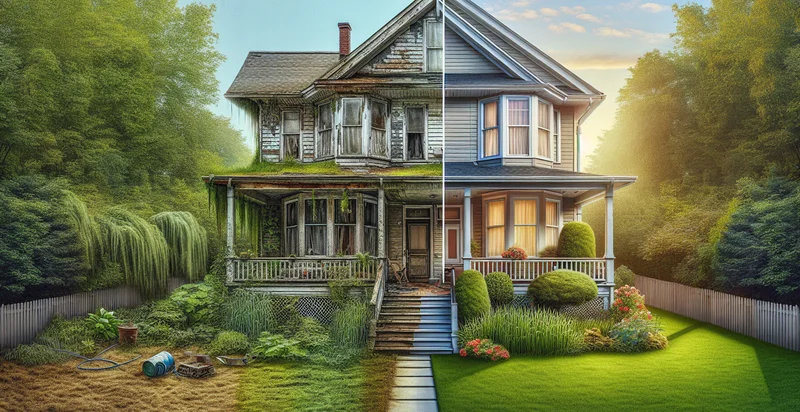Identify landscaping condition
using AI
Below is a free classifier to identify landscaping condition. Just upload your image, and our AI will predict the best landscaping condition for your property - in just seconds.

Contact us for API access
Or, use Nyckel to build highly-accurate custom classifiers in just minutes. No PhD required.
Get started
import nyckel
credentials = nyckel.Credentials("YOUR_CLIENT_ID", "YOUR_CLIENT_SECRET")
nyckel.invoke("landscaping-condition", "your_image_url", credentials)
fetch('https://www.nyckel.com/v1/functions/landscaping-condition/invoke', {
method: 'POST',
headers: {
'Authorization': 'Bearer ' + 'YOUR_BEARER_TOKEN',
'Content-Type': 'application/json',
},
body: JSON.stringify(
{"data": "your_image_url"}
)
})
.then(response => response.json())
.then(data => console.log(data));
curl -X POST \
-H "Content-Type: application/json" \
-H "Authorization: Bearer YOUR_BEARER_TOKEN" \
-d '{"data": "your_image_url"}' \
https://www.nyckel.com/v1/functions/landscaping-condition/invoke
How this classifier works
To start, upload your image. Our AI tool will then predict the best landscaping condition for your property.
This pretrained image model uses a Nyckel-created dataset and has 20 labels, including Abandoned, Curated, Disorganized, Dying, Flourishing, Formal, Healthy, Invasive Species, Landscaped and Littered.
We'll also show a confidence score (the higher the number, the more confident the AI model is around the best landscaping condition for your property).
Whether you're just curious or building landscaping condition detection into your application, we hope our classifier proves helpful.
Related Classifiers
Need to identify landscaping condition at scale?
Get API or Zapier access to this classifier for free. It's perfect for:
- Property Maintenance Assessment: The landscaping condition identifier can be utilized by property management companies to evaluate the health and aesthetics of green spaces in residential complexes. By identifying areas that need improvement, such as overgrown plants or dead grass, maintenance teams can prioritize their efforts effectively.
- Real Estate Evaluation: Real estate agents can leverage the landscaping condition identifier to assess the curb appeal of properties before listing them on the market. This allows agents to provide targeted recommendations for landscaping improvements that could enhance property value and attract potential buyers.
- Environmental Impact Analysis: Environmental consultants can use the landscaping condition identifier to monitor the health of local ecosystems. By understanding the condition of landscaped areas versus natural landscapes, they can develop strategies to promote biodiversity and sustainability in urban settings.
- Smart City Planning: Urban planners can integrate the landscaping condition identifier into their smart city initiatives. This technology can help them analyze existing green spaces, plan future landscapes, and ensure that urban environments are both aesthetically pleasing and sustainable.
- Landscape Design Enhancement: Landscape architects can employ the landscaping condition identifier during the design phase of projects to gauge the feasibility of their designs in real-world conditions. By understanding existing landscaping issues, they can create innovative designs that address these challenges.
- Insurance Risk Assessment: Insurance companies can utilize the landscaping condition identifier to assess risks associated with properties. For instance, identifying poorly maintained landscaping could indicate higher risks for damages due to flooding or pest infestations, allowing insurers to make informed decisions on policy rates.
- Community Engagement Programs: Local governments can use the landscaping condition identifier to identify areas in need of community beautification efforts. By highlighting regions that require attention, they can engage residents in volunteer programs aimed at improving local landscapes, fostering community pride, and enhancing public spaces.


